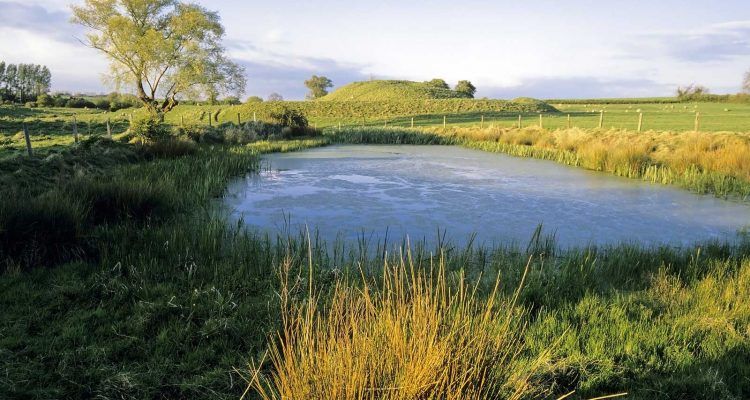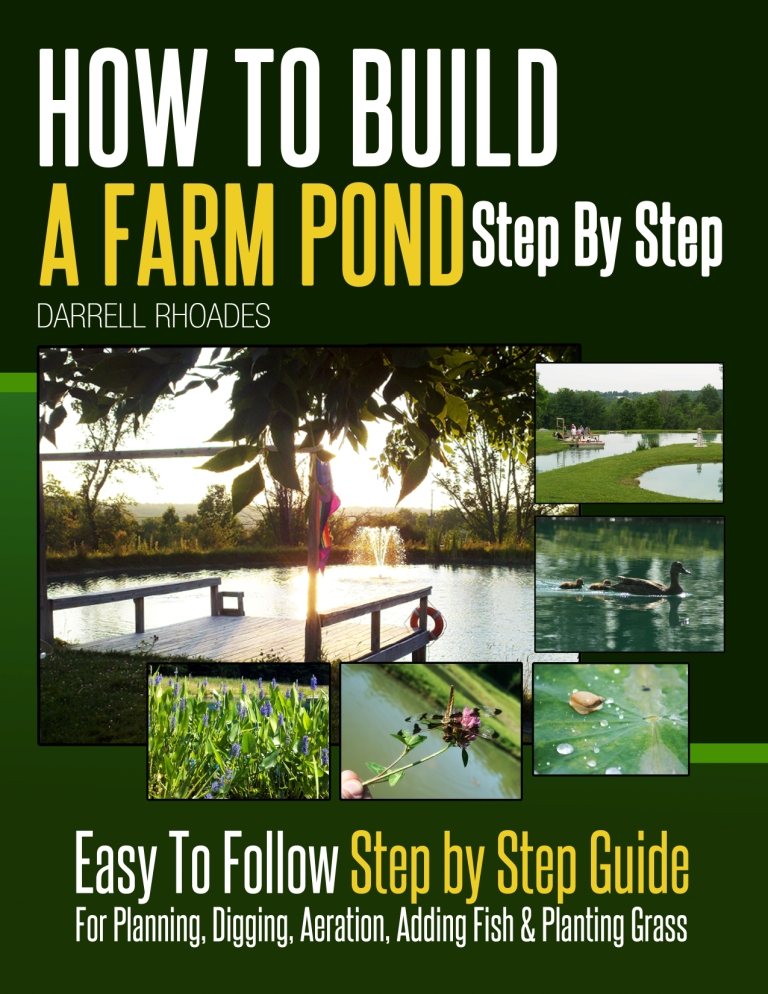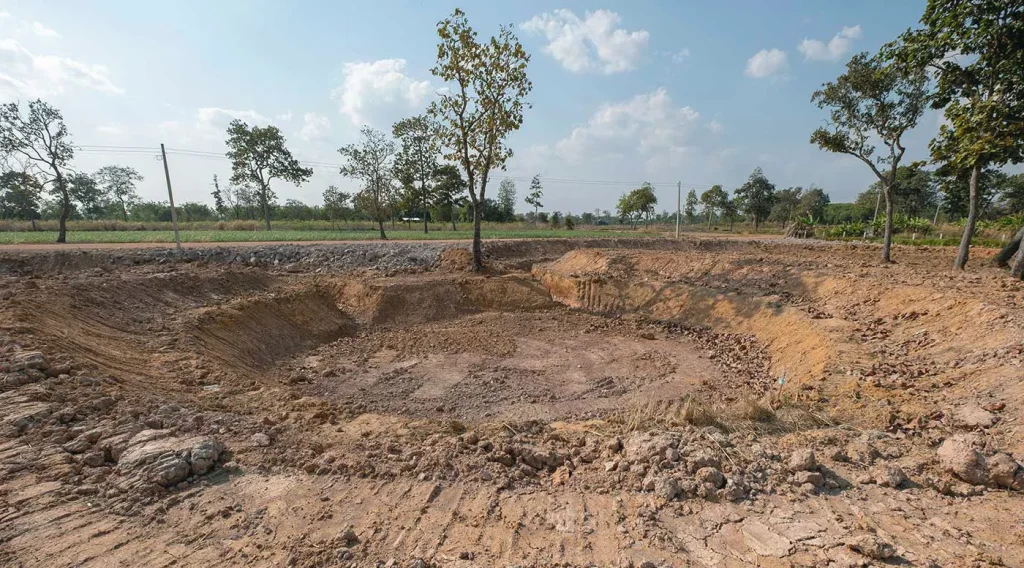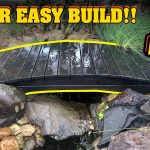Building a livestock pond can be an excellent investment for any farm or ranch. A well-constructed pond provides a reliable source of water for your animals, helps control erosion, and can even enhance the aesthetic appeal of your property. If you’re considering building a livestock pond, it’s important to approach the project with careful planning and attention to detail. In this guide, we’ll walk you through the key steps involved in building a livestock pond, from site selection to construction and maintenance.

Credit: www.btlliners.com
Site Selection
The first step in building a livestock pond is to carefully select the site. The ideal location for a pond is an area with a natural depression that can be excavated to create the desired size and depth. It’s important to consider factors such as soil type, topography, and proximity to existing water sources. Additionally, you’ll need to take into account local regulations and permits that may be required for pond construction.
When selecting a site for your livestock pond, it’s important to consider the overall layout of your property. The pond should be easily accessible to your animals while also being situated in a way that minimizes the risk of contamination from runoff or other sources. Ideally, the pond should be located in an area with good drainage and minimal risk of flooding.
Design and Planning
Once you’ve selected a suitable site for your livestock pond, the next step is to carefully plan the design and layout of the pond. Consider the intended use of the pond, such as providing drinking water for your livestock or supporting aquatic plants and wildlife. The size and depth of the pond will depend on these factors, as well as the specific needs of your animals.
Another important consideration in the design phase is the construction of a reliable overflow system. This is essential for managing water levels during periods of heavy rainfall and preventing erosion. The overflow system should be carefully designed to direct excess water away from the pond and into a safe drainage area.
Excavation and Construction
With the site selected and the design finalized, it’s time to begin the excavation and construction process. Excavation can be a labor-intensive task, so it’s important to use the right equipment and techniques to ensure the pond is properly shaped and contoured. The soil removed during excavation can be used to create berms and embankments around the pond, further enhancing its ability to retain water.
Once the excavation is complete, the pond should be lined with a durable material to prevent seepage and erosion. Options for pond lining include clay, geotextiles, and synthetic liners, each with its own advantages and considerations. The choice of lining material will depend on factors such as soil composition, water quality, and budget constraints.
Water Source and Management
After the construction phase is complete, the next step is to establish a reliable water source for the pond. Depending on the availability of natural water sources such as springs or streams, you may need to consider options for filling the pond, such as using a well or diverting runoff from nearby areas. It’s important to ensure that the water source provides a consistent supply of clean, high-quality water for your animals.
Once the pond is filled, it’s important to monitor and manage water quality to ensure the health and well-being of your livestock. This may involve regular testing for contaminants, managing vegetation and algae growth, and implementing strategies to prevent erosion and sedimentation. Proper water management is essential for maintaining a healthy ecosystem within the pond and providing a reliable source of water for your animals.
Maintenance and Care
Building a livestock pond is just the first step – ongoing maintenance and care are essential for ensuring the long-term functionality and health of the pond. Regular inspections of the pond’s infrastructure, including the lining, overflow system, and embankments, are important for identifying and addressing any issues that may arise. Additionally, it’s important to monitor water levels and quality, especially during dry periods or heavy rainfall.
Vegetation management is another important aspect of pond maintenance. Controlling the growth of aquatic plants and algae helps maintain water quality and prevents the pond from becoming choked with vegetation. Regular mowing, cutting, or chemical treatments may be necessary to manage vegetation growth, depending on the specific conditions of the pond.

Credit: www.whatpond.com
Conclusion
Building a livestock pond is a significant undertaking, but with careful planning and attention to detail, it can provide numerous benefits for your farm or ranch. From providing a reliable source of water for your animals to enhancing the overall landscape, a well-constructed pond can be a valuable asset. By following the steps outlined in this guide and staying vigilant with ongoing maintenance, you can create a livestock pond that meets the needs of your animals and contributes to the overall sustainability of your property.
Remember, every step of the process from site selection to maintenance is crucial for the success of your livestock pond. By investing the time and effort into building and maintaining a high-quality pond, you can enjoy the many advantages it offers for years to come.





